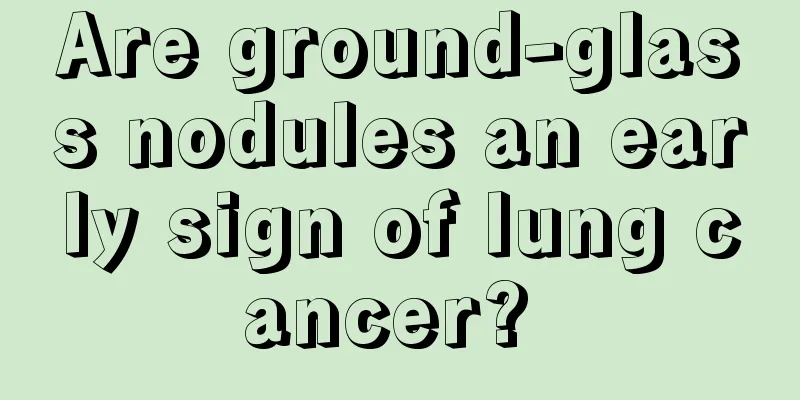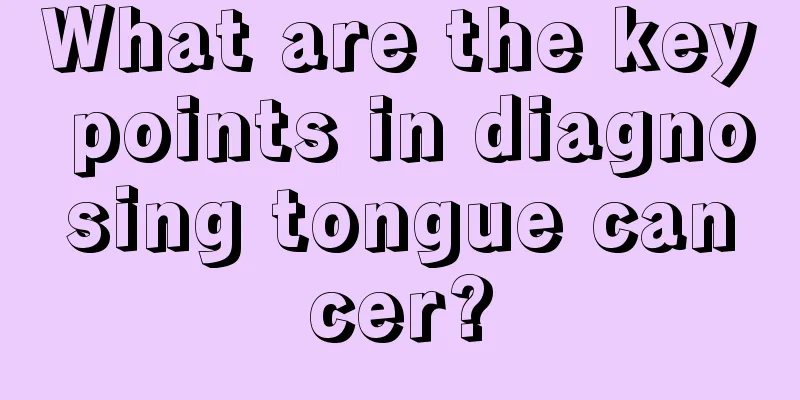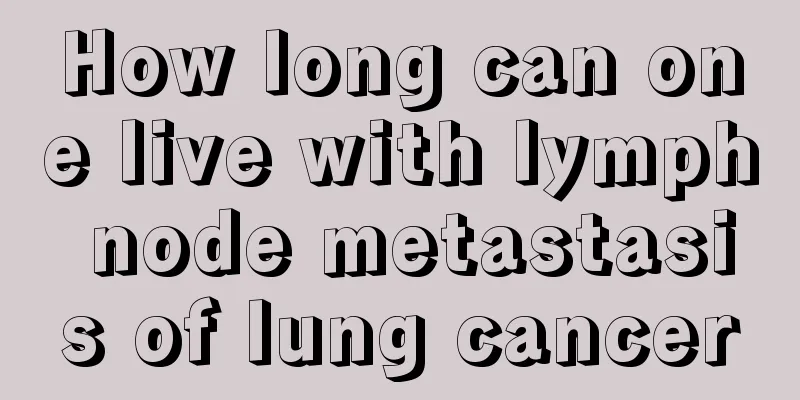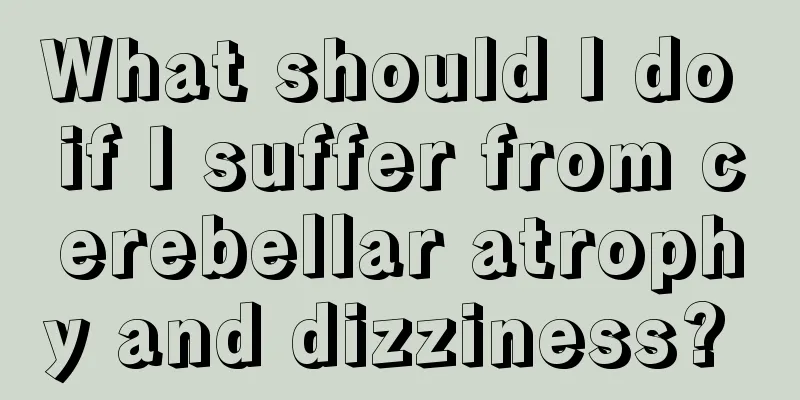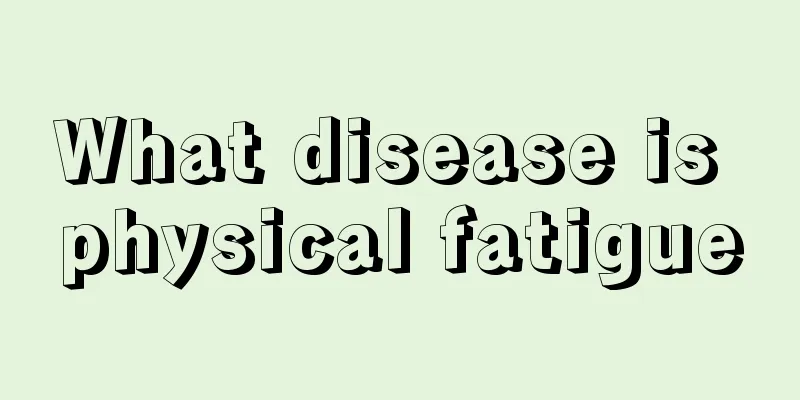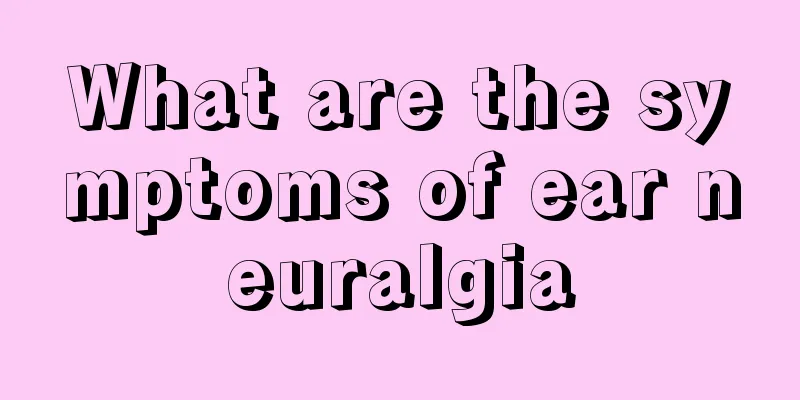What does the cerebellum control in a person?
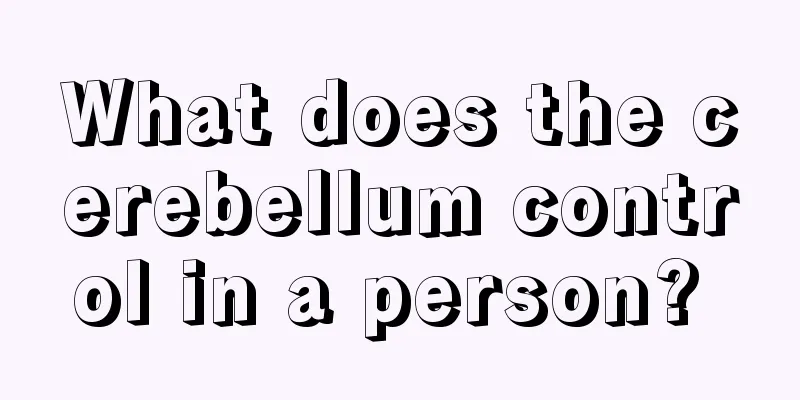
|
There are many diseases in the human brain. Some are congenital brain diseases, and some are brain diseases caused by acquired factors. These diseases may cause cerebellar atrophy, and then the control function of the cerebellum will be greatly reduced or even lost, eventually leading to serious symptoms in the human body. So what does the human cerebellum mainly control? What does the cerebellum control in a person? The cerebellum, through its rich afferent and efferent connections with the cerebrum, brainstem, and spinal cord, is involved in the regulation of body balance and muscle tone (tonus), as well as the coordination of voluntary movements. The cerebellum is like a big regulator. Regulate body balance The cerebellum's regulation of body balance is carried out by the flocculonodular lobe, that is, the cerebellum. The body's balance regulation is a reflex process, and the flocculonodular lobe is the central device of this reflex activity. Information about changes in body balance is sensed by the vestibular organs and transmitted to the flocculonodular lobe of the cerebellum via the vestibular nerves and vestibular nuclei. The cerebellum then sends out impulses to regulate body balance. The impulses reach the anterior horn motor neurons of the spinal cord via the vestibulospinal tract and then reach the muscles via the spinal nerves, coordinating the movement and tension of the antagonistic muscle groups, thereby keeping the body balanced. For example, when a person stands with his head tilted back, the knee and ankle joints will automatically flex to counteract the shift in the body's center of gravity caused by the head tilting back, allowing the body to maintain balance and not fall. Regulate muscle tension Muscle tension is a basic reflex activity in which different muscle fiber groups in the muscle contract alternately, keeping the entire muscle in a constant state of mild contraction, thereby maintaining the body's standing posture. The cerebellum can regulate muscle tension activities, and its regulatory function is manifested in two aspects: inhibiting muscle tension and facilitating muscle tension. The cerebellum's ability to inhibit muscle tension is mainly due to the function of the vermis of the anterior lobe (old cerebellum), and this inhibitory effect is most obvious in decerebrated animals. Stimulating the vermis of the anterior lobe of the cerebellum in decerebrated cats can reduce the excessive tension of the extensor muscles caused by decerebration; conversely, removing this part will increase the decerebrate rigidity. These phenomena all indicate that the cerebellum has the function of inhibiting muscle tension. Coordinated voluntary movements Voluntary movements are intentional movements initiated by the cerebral cortex, while the coordination of voluntary movements is accomplished by the hemispheric part of the cerebellum, the neocerebellum. Damage to the neocerebellum can cause the victim to suffer from decreased muscle tone and a disorder of voluntary movement coordination, known as cerebellar ataxia. The main manifestations are: ① Impairment of movement accuracy. Intention tremor occurs. When the patient focuses on doing a certain action, such as pointing his finger to the nose, his finger trembles. The closer he gets to the target, the more violently his finger trembles, and he cannot grasp the exact direction of the movement. ②The coordination of movements is impaired. The patient loses the ability to stop a movement and immediately switch to a movement in the opposite direction, and the movements are broken down and discontinuous during exercise. For example, the patient cannot complete simple, rapid alternating movements such as quickly turning the palm, which is called detour movement disorder; when completing a movement in one direction and needing to change the direction of movement, the patient must first stop and think about the next step before starting a new movement again. All of these listed symptoms only manifest themselves during movement, indicating that the neocerebellum plays an important coordinating role in voluntary movement. This coordinating role is the result of the cerebellum regulating the activities of the cerebral cortex and spinal cord. |
<<: What are the characteristics of people with well-developed cerebellum?
>>: What are some exercises that can train the cerebellum?
Recommend
Patients should pay attention to postoperative care measures
Pancreatic cancer is a highly prevalent disease. ...
What should I do if my teeth fall out after eating something sour?
If your teeth are sensitive, you may feel uncomfo...
What are the early symptoms of spondylitis
Spondylitis is a relatively serious disease. Afte...
Are the sequelae of gallbladder removal terrible?
Nowadays, cholecystectomy is a relatively simple ...
Aloe vera gel treats cracked heels
When our skin lacks moisture, it will become dry ...
Tips for breaking up large chunks of brown sugar
Whether we are in supermarkets or some food store...
Which one is more acidic, silicate or carbonate?
Silicic acid and carbonic acid are both relativel...
Fibroids are not genetic diseases
Is fibroma a genetic disease? Genetic disease ref...
The role and efficacy of apple gum
Apple pectin has many functions and benefits, so ...
Chest rib inflammation can cause chest skin diseases
Because we have ribs on both sides of our chest c...
What is the basis for glioma diagnosis
Glioma is a malignant tumor of the brain. So, wha...
How long can you live after surgery for early lung cancer
The patient's treatment plan is also more imp...
How to overcome acne caused by acclimatization
Since people's skin will discharge sweat and ...
What are the symptoms of keratitis
Keratitis is a common inflammation in clinical pr...
Knowing more about the causes of bladder cancer can make your body better
The cause of bladder cancer is still unclear. It ...


